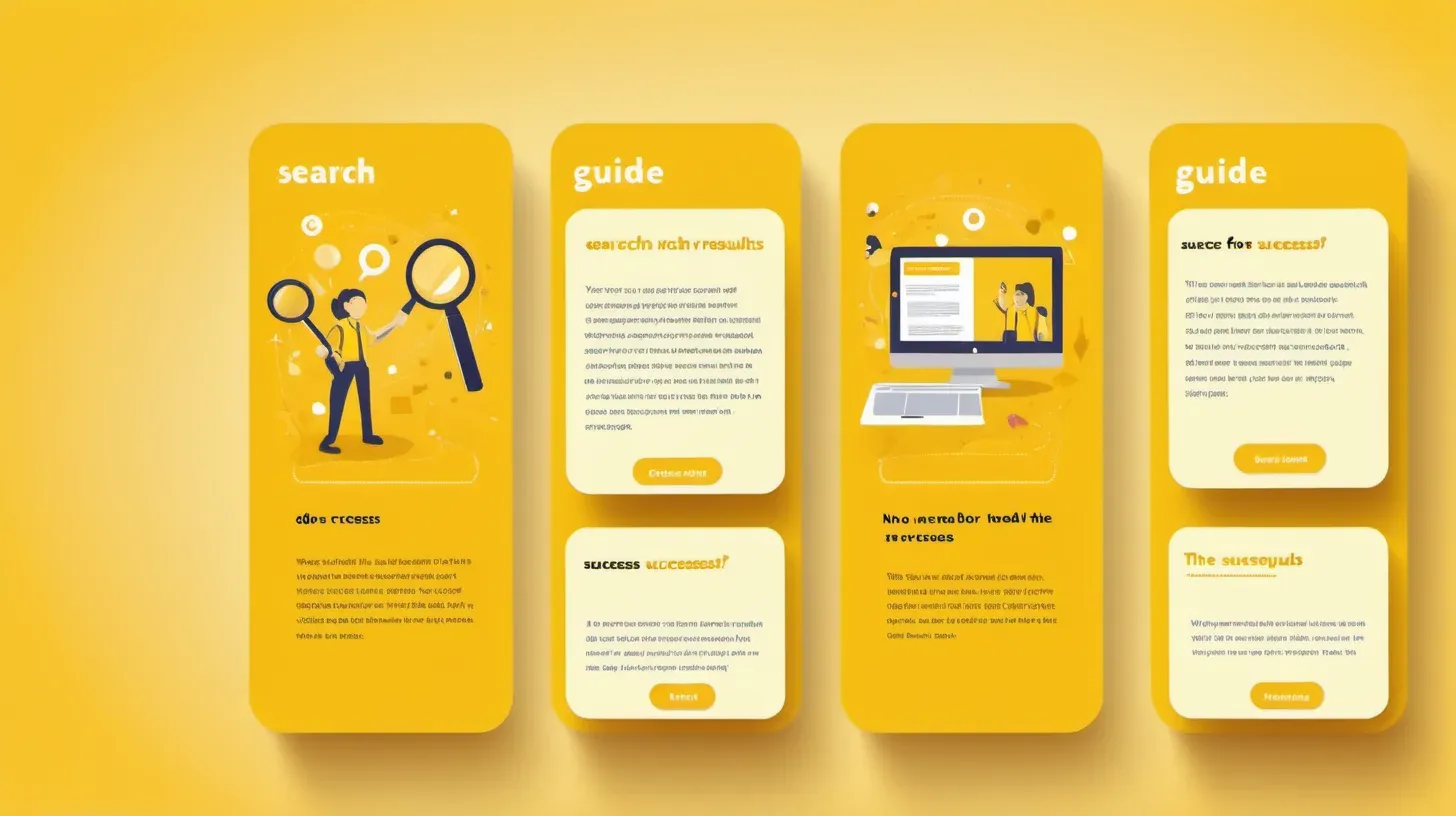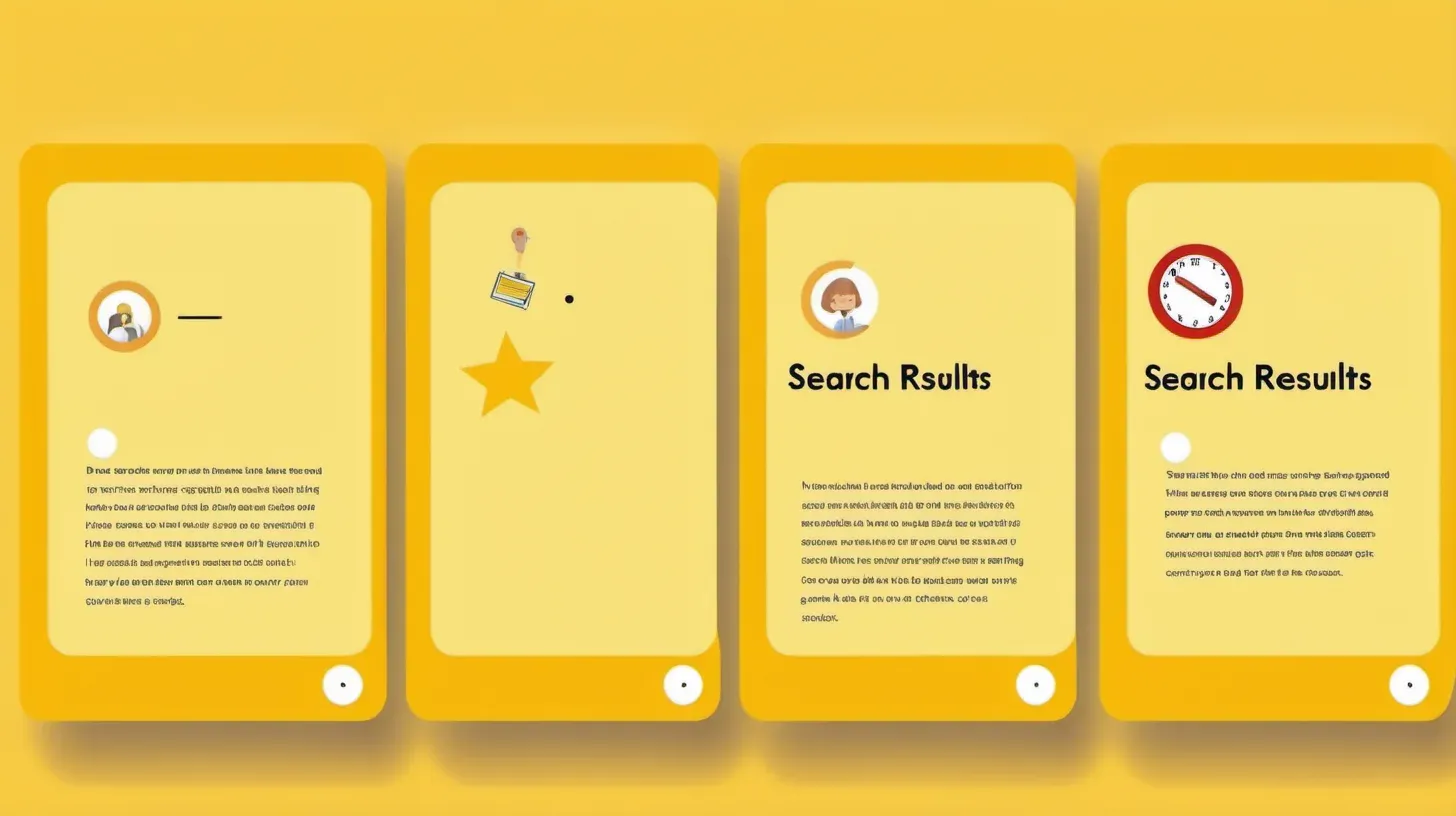Keyword Integration: A Comprehensive Guide For SEO Success

About 70% to 80% of people only look at organic search keywords for their desired results. Similarly, 61% of marketers say that using keywords in content is important for SEO.
Figuring out how to use keywords correctly is an important step towards digital success. It forms more than just words; it changes the very core of search engine optimization (SEO). If it is not an effective keyword placement, it’s going to affect search engine results. So, the way is to understand and get good at this skill.
This article tells you how to do:
- Planning where to put headings and subheadings is important
- Getting body text and lines to work better
- Writing meta descriptions and title tags that get people's attention
- Adding tags to pictures and videos
- Creating URLs that are good for SEO
Start reading this complete guide to find out how to use organic search keywords to make your work more useful for both people and search engines.
How Do You Integrate Keywords into Your Website?

Integrating keywords into your website's keyword strategy is crucial for search engine optimization (SEO) success. Effective keyword placement signals to search engines what your content is about and helps improve rankings. Follow these key keyword incorporation tips:
Strategic Placement In Headings And Subheadings
When integrating keywords into your website, one of the most important placement factors is headings and subheadings. These stand out to search engines and help them understand what the content on each page is about.
You should include your primary keywords in the H1 and H2 tags. The H1 tag should contain your main topic keyword, while the H2 tag can include variations and longer-tail versions. You can also incorporate keywords in H3 tags and below for deeper pages.
Make sure your headings and subheadings read naturally; don't just stuff keywords into them. The headings should provide a logical structure and flow for users as well, emphasizing the importance of strategic keyword usage for optimal content presentation.
Optimizing Body Text And Paragraphs
The body text and paragraphs on your page provide many opportunities to incorporate keywords. Focus on using your keywords naturally within the content to provide value for readers.
Aim for a keyword density of 1-3% in the body text. Going above 3% risks keyword stuffing penalties. Use variations and synonyms of your main keywords to keep it natural.
Additionally, incorporate related long-tail keywords to tap into more specific searches. Place your main keywords in the first and last paragraphs of content when possible for maximum exposure and effective keyword optimization techniques.
Meta Descriptions And Title Tags
Your meta descriptions and title tags are critical real estate for keyword optimization. These snippets appear in search results and influence click-through rates.
Include your primary keyword(s) close to the beginning of title tags and meta descriptions. This gives them more weight with search engines. You can also incorporate long-tail variations for an effective website keyword strategy.
Keep titles under 60 characters and meta descriptions around 155 characters to prevent cutting them off. Use compelling wording to drive clicks from searchers.
Incorporating Keywords Into Images And Multimedia
Images, videos, and other multimedia allow opportunities to optimize with keywords as well.
Make sure to include descriptive filenames and ALT text with keywords for each image. The same goes for video titles, captions, and descriptions; include keywords where they fit naturally.
Provide a written transcript for audio content with keywords incorporated. Optimize presentations with targeted keyword implementation in titles, text, and metadata.
Creating SEO-Friendly URLs
Your URLs play a role in keyword targeting too. Include your primary keyword(s) in a short, clean URL structure where possible to enhance your keyword optimization techniques.
For example, "www.domain.com/keyword-optimized-page-title" is ideal versus something overly long and complex. URL formatting, like hyphens instead of underscores, also helps with SEO.
Just don't try to force multiple keywords into URLs where it feels unnatural. Focus on creating URLs optimized for users first, search engines second.
Long Tail Vs. Short Tail Keywords: Choosing The Right Strategy

Long-tail Keywords
Long-tail keywords are more specific, niche phrases with lower search volumes, such as "sustainable coffee roasting techniques" or "used Toyota Corollas under $5000.". They target users further down the purchase funnel who know exactly what they want.
The pros of long tail keywords are:long-tail
- Less competition - Easier to rank for long tail keywords than short tail ones.
- Higher conversion rates - People searching for specific phrases are more likely to convert.
- More qualified traffic - Long tail searchers know what they want.
The main con is that long tail keywords have lower search volume. However, collectively, long tail keywords make up majority of searches.
Short Tail Keywords
Short tail keywords are more general, broader phrases with high search volume, such as "coffee" or "used cars". They target new users higher up the funnel doing initial research.
The pros of short tail keywords are:
- More search volume - Short tail keywords get lots of searches.
- Increased visibility - Ranking for short tail terms boosts visibility.
- Brand building - Ranking for broad terms builds awareness.
The cons are that short tail keywords have lots of competition and lower conversion rates since searchers are just starting research.
The Dangers Of Keyword Stuffing: Is It Serious?
Keyword stuffing is the practice of overloading content with keywords in an attempt to manipulate search engine rankings. While it may seem harmless on the surface, keyword stuffing can seriously damage your site and brand. Instead, focus on incorporating content keyword best practices to enhance your SEO strategy organically.
Here are some of the main dangers:
Poor User Experience
Content loaded with keywords typically reads very unnaturally. It ruins the user experience, since visitors have to wade through awkward phrasing and repetitive keywords just to grasp your information. This causes high bounce rates and a loss of trust. Readers can instantly recognize keyword stuffing.
Search Engine Penalties
Google and other search engines can detect keyword stuffing and will penalize your site. Penalties include reduced rankings, exclusion from search results, and manual spam actions. This kills organic traffic and hurts visibility. Getting penalized is difficult to recover from.
Loss Of Credibility And Trust
Keyword-stuffed content looks spammy and deceitful to visitors. It damages brand reputation and causes readers to distrust your site's information quality. Since expert authority and trust are key for conversions and sales, this emphasizes the importance of targeted keyword implementation for preserving your bottom line.
Risk Of Over-Optimization
Focusing solely on keywords leads to tunnel vision. You risk optimizing individual pages at the expense of site-wide optimization. This imbalance means certain pages underperform. It also leads to duplication of efforts and wasted resources, hindering effective keyword integration for better rankings across your website.
Decreased Conversion Rates
The poor user experience, lack of trust, and low-quality content caused by keyword stuffing tanks conversion rates. Users bounce from stuffed pages rather than converting. This directly lowers leads and sales generated from organic traffic.
As shown above, keyword stuffing has serious consequences. The temporary SEO gains are not worth the long-term damage to your site's performance, traffic, revenues and brand trust.
How To Avoid Keyword Stuffing?

Keyword stuffing is a common SEO mistake that should be avoided. Here are some keyword incorporation tips on how to optimize content without over-using them:
Focus on Natural Language
Write for your readers first, not search engines. Use keywords and phrases naturally throughout your content as you would in everyday speech. Avoid awkwardly repeating keywords or force-fitting them into sentences. Strive for well-written, engaging content.
Use Synonyms and Variations
Incorporate synonyms, related terms and variances of your main keywords. For example, use 'physician' or 'doctor' instead of just repeating 'surgeon'. This adds natural language and prevents overuse of the exact keyword phrase.
Prioritize Content Quality
Focus on creating high-quality content that provides value for readers. Keyword-stuffed content is easy to spot. Well-written, insightful content ranks better in the long run.
Maintain a Balanced Keyword Density
Aim for a keyword density of 1-2% for primary keywords, meaning 1-2 appearances per 100 words. Higher densities often trigger spam filters. Use multiple related keywords to maintain balance.
Regularly Review and Update Content
Proofread content, check keyword density, and make edits to improve quality over time. Outdated or low-value content should be refreshed or expanded, emphasizing the importance of keyword integration for better rankings.
FAQs About Keyword Integration
What Is The Ideal Keyword Density For SEO?
While there's no fixed percentage for ideal keyword density, a general guideline is to focus on natural language and user experience. Aim for a balanced use of keywords throughout your content, ensuring it reads naturally without feeling forced.
Can I Use The Same Keywords Across Multiple Pages On My Website?
It's acceptable to target the same keywords across different pages, but each page's content should be unique and tailored to the specific topic. Avoid duplicating content and ensure that each page provides distinct value to your audience.
How Often Should I Update My Content To Stay Relevant To SEO Trends?
Regularly review and update your content based on industry trends, algorithm changes, and evolving user needs. Aim for periodic content audits to ensure your material remains fresh, accurate, and aligned with the latest content keyword best practices and SEO guidelines.
Is It Advisable To Use Industry Jargon And Technical Terms In My Content?
While industry-specific terms can be valuable, it's crucial to strike a balance. Ensure that your content is accessible to a broader audience by providing explanations or context for technical terms. Prioritize clarity and user understanding in your writing.
